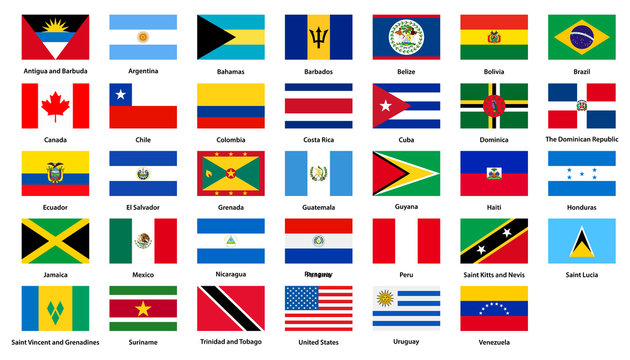
From the vibrant landscapes of the Andes to the sun-kissed shores of the Caribbean, Latin America is a continent rich in history, culture, and, as this article explores, fascinating place names. Are these names simply arbitrary labels, or do they hold deeper meaning? This exploration delves into the etymological roots of Latin American countries, revealing how their names often reflect the influence of indigenous languages, European explorers, natural features, and even historical events. From Mexico’s connection to the Aztec “place in the center of the moon” to Venezuela’s “Little Venice” inspired by Italian stilt houses, each name tells a story. Join us as we uncover the captivating origins of these names, revealing a deeper understanding of the diverse forces that have shaped this dynamic region.
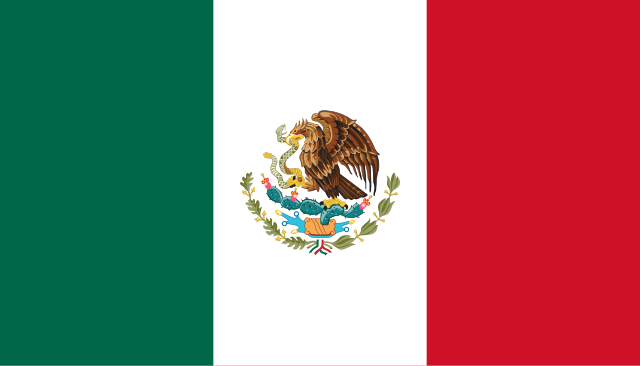
Mexico is of Nahuatl origin of the Aztec people. Though the name hasn’t been exactly defined to one origin. The main theory is that it is a phrase or three words into one. The first word is metztli which means moon, xictli which is center and co which is place. So the entire phrase is close to the place in the center of the moon. The theory is that it comes from the lake of Texcoco which was known as Moon lake. Tenochtitlan that is now known as Mexico city is interesting because it was made on a lake and it was and is the capital of both places. This was also the inspiration for the name of Venezuela in a way.
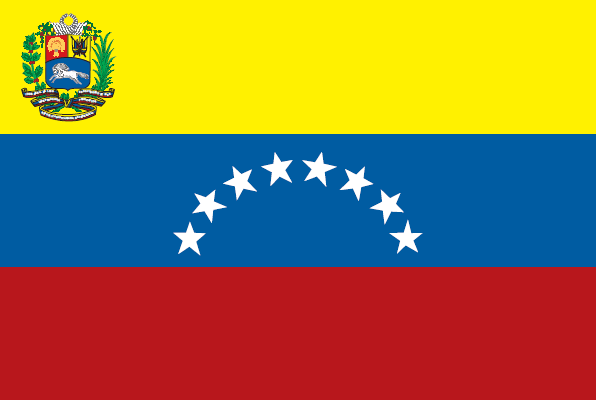
The inspiration for Venezuela is because of Venice. An Italian navigator named Amerigo Vespucci named Venezuela. He arrived on the Venezuelan coast and the stilt houses reminded him of Venice, Italy so he decided it would be called little Venice. The name in Italian is Venezoila and when translated into Spanish it is Venezuela.
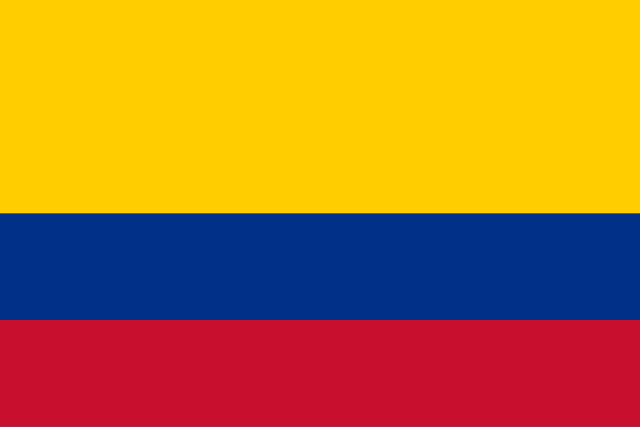
With Italian people in mind, one of the most known and controversial is the reason for the naming of Venezuela’s neighbor… Colombia. . This comes from the fact that his name in Italian is Cristoforo Colombo. Now Colombia went through plenty of interesting name changes because at one point in history it was made up of 3 countries under the name Gran Colombia. After Ecuador and Venezuela separated, Colombia decided to be called Republic of Nueva Granada. Then, by 1863 it was called the United States of Colombia. This lasted for 23 years where it gained its current name Republic of Colombia.
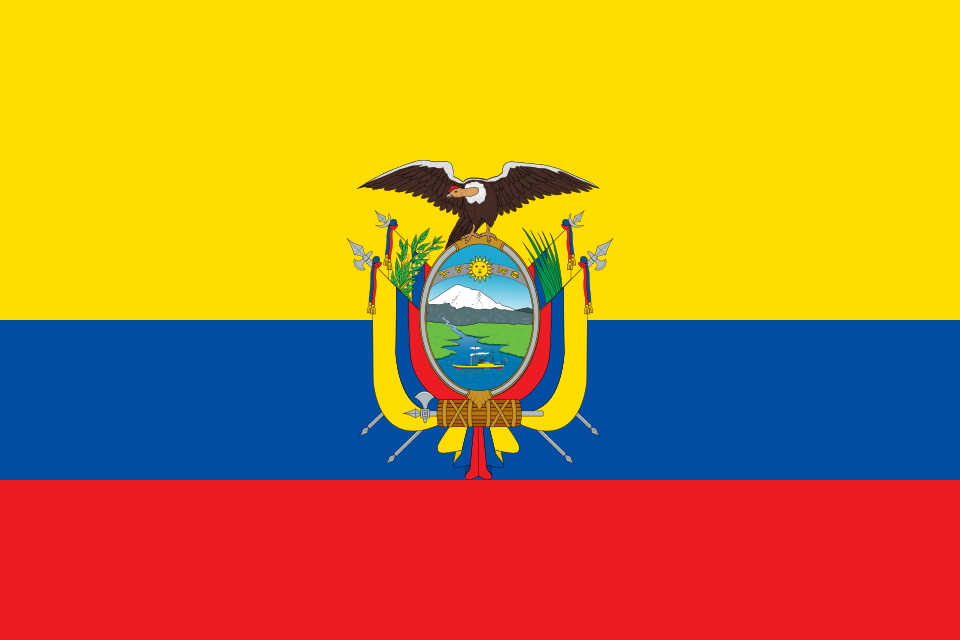
The name of Ecuador is pretty simple; it is just the word for equator in Spanish. There is even a monument celebrating the fact Ecuador is in the line of the equator. The country of Ecuador seceded from Gran Colombia in the year 1830.
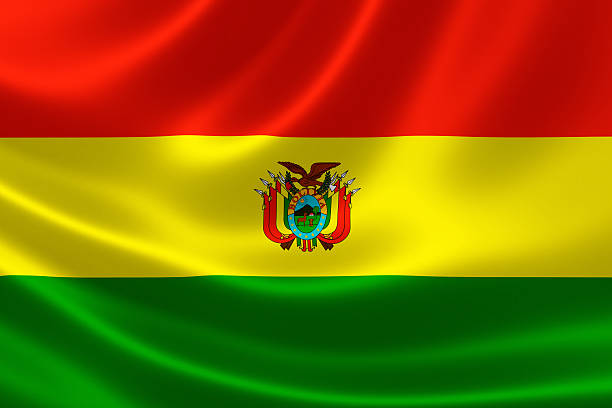
Many of the Latin American countries are honoring something but very few are honoring someone. Bolivia is a country whose name is to honor Simon Bolivar, a great liberator of many Latin American countries.
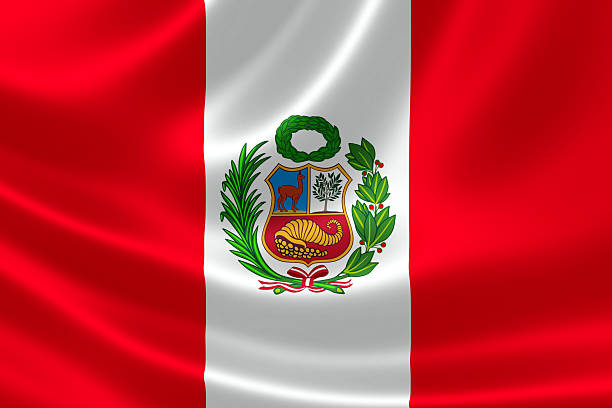
Peru’s entomology is debated. It derives from the language of the Incas… Quechua. In the Quechua language Peru means land of abundance. This name has a more economical meaning. The Incas had ruled what is known as Peru for centuries. Their economic wealth was based on their great amount of minerals, agriculture, and marine resources.
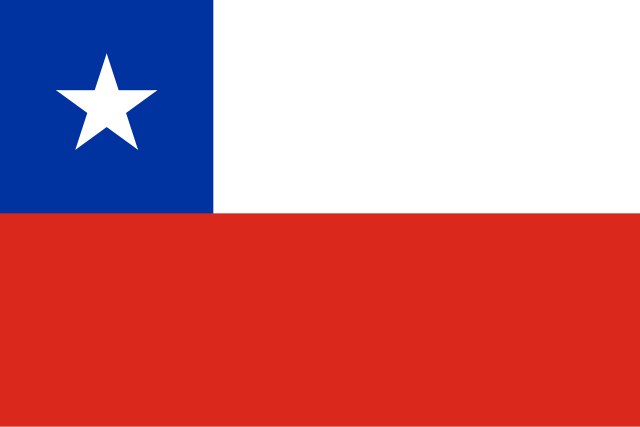
There are many theories regarding the origin of the name Chile. One theory that is debated is that it comes from an indigenous tribe that wasn’t conquered by the Incas. This tribe is Araucanians and they call the valley “Chili.” Another theory is that it comes from the Mapuche tribe who called it Chilli but it means where the land ends.
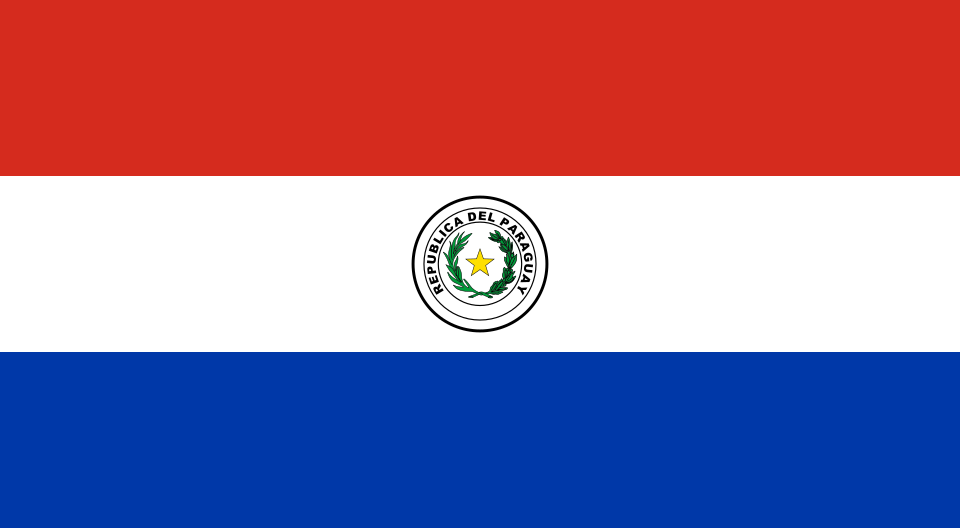
Paraguay has a similar story to Chile. Guarani is one of the official languages of Paraguay so naturally their name comes from Guarani. Paraguay means “ the river that gives birth to the sea.” This is interesting not just because of what it means but also because Paraguay is one the world’s largest exporters of hydropower.

Since Paraguay is similar to Uruguay it can easily be assumed that the meanings are similar. The meanings are and come from the same language of Guarani although it is not an official language of Uruguay. The name has many possible meanings which include…”river where the bird lives”, “river of the painted birds”, “river of snails”, or the last translation which is, “winding river.”
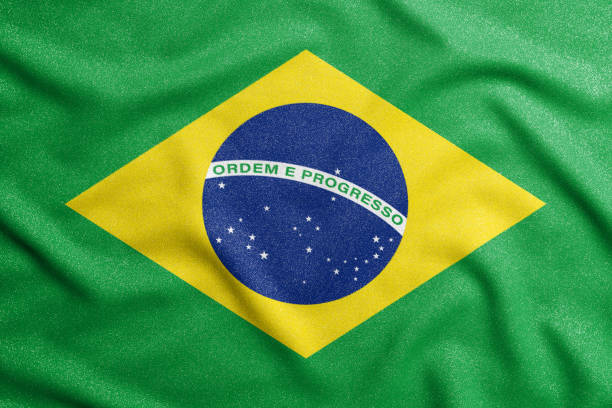
The name of Brazil comes from something plentiful in Brazil…brazilwood. Brazilwood was valuable based on the fact that it is red and could be used to create red dye. It was cheaper to get than other red dyes, especially from India. Brazilwood was actually the main export of Brazil at this time. A cartographer made a detailed map of Brazil and one place had a high concentration of Brazil. This name was repeated up until the point that the country just became known as Brazil.

Argentina’s name comes from something on the periodic table. That is silver… in Latin. The name for silver in latin is Argentum which is also why the symbol for silver is Ag. The use of course came from Spanish explorers. They found that the native communities usually gave silver as presents and that there was a mountain full.
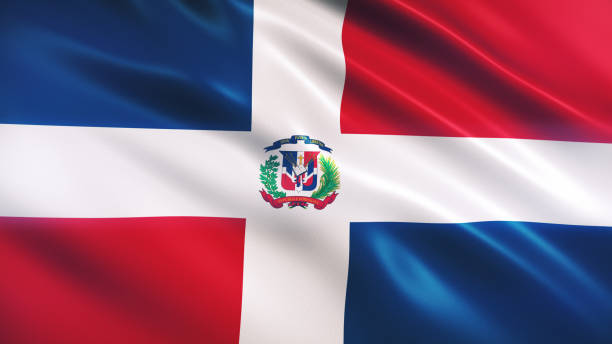
Argentina’s name isn’t the only one that comes from Latin. The Dominican Republic or La Republica Dominicana comes from the Latin name that Christopher Columbus named it, “ Dominicus.” Dominican comes from Dominus which means lord or master.
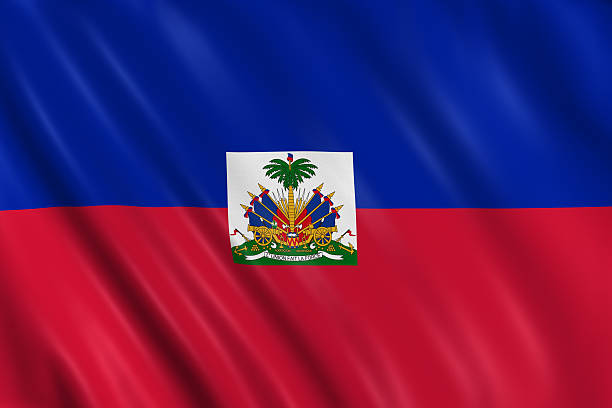
Haiti is probably one of the most interesting considering the fact that its name in English is not exactly close to how it is spelled in Haitian Creole. This is interesting because it is one of the few Latin American countries’ names in English that are spelled like how it is in their respective languages. Except of course Brazil but the only difference is it is just a z and s flipped. In Haitian Creole Haiti is spelled, “Ayiti.” Ayiti comes from the Taino which translates to “ Flower of HighLand” but it is more commonly translated as “Mountainous Land.”
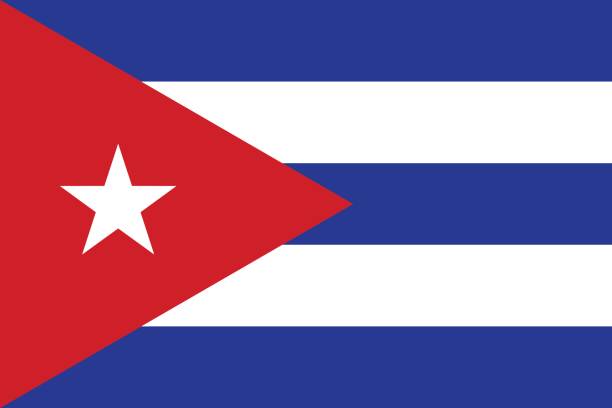
The meaning for Cuba is quite unclear. It is said to have come from the Tainos but there are 2 translations. One is the original name was Cubao and it meant “where fertile land is abundant.” The second is that the original name was Coabana and it just meant Great Place.
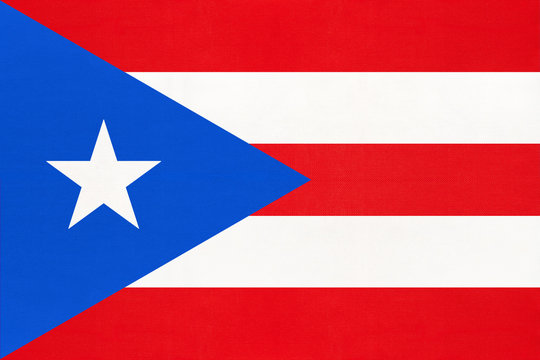
Originally named by Christopher Columbus as San Juan Bautista was changed to Puerto Rico which means rich port. This was because of the gold found in the rivers. The Tainos named it Boriken which is believed as to why Puerto Ricans call themselves Boricua.
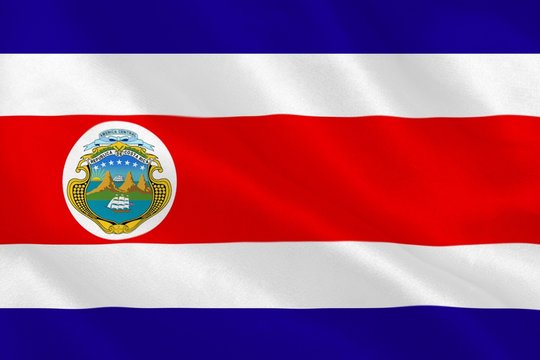
Just like Puerto Rico, Costa Rica was named because of the supposed gold. It means Rich Coast and is said to be named by Christopher Columbus because of the precious metals he believed he would find. Costa Rica got its independence along with 5 other Central American countries.
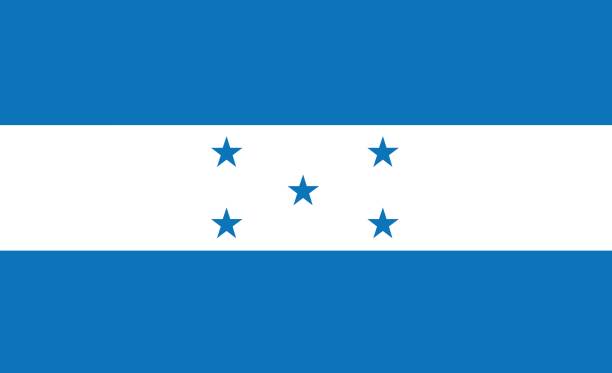
Christopher Columbus is said to have landed in Honduras around the same time as Costa Rica. Honduras was named because of their deep waters off the coast as Honduras means depths. And it is one out of the 5 central american countries to get their independence on September 15.
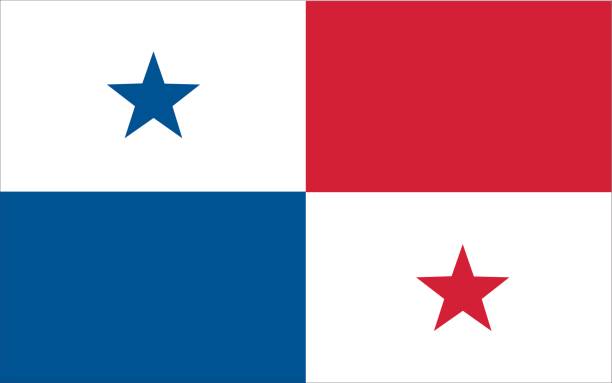
The name Panama is said to have come from an unspecified indigenous language. There are 2 main translations. One translation is “abundance of fish” and the other is “abundance of butterflies. There is a humorous translation that it means “ farther that way” which is what Kunas told Spanish explorers looking for gold.

El Salvador’s name is interesting because it is one of the only or few names that are honoring Christianity. El Salvador means “the savior” which is obviously in honor of Jesus Christ. This is interesting because while the Spaniards were saying they were colonizing to teach people about Christianity most of the names that are given to Latin American countries are about money and wealth. It is also one of the 5 countries to gain independence on September 15.

Nicaragua’s name comes from an indigenous chief. His name was Nicarao and his tribe lived around the modern day Lake of Nicaragua. It is also one of the five Central American countries to get its independence on September 15.

Guatemala has a huge indigenous influence especially from the Mayans. Some believe that the name comes from “Quauhtemallan” which is a more Aztec influence and it means land of trees. Another theory is that it comes from Guhatezmalha which means “mountain of vomiting water.” This was probably in reference to the volcanic eruption that destroyed Santiago de los Caballeros. It was one of the 5 countries that got their independence on September 15.





